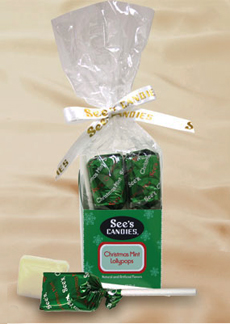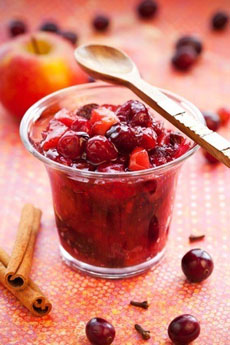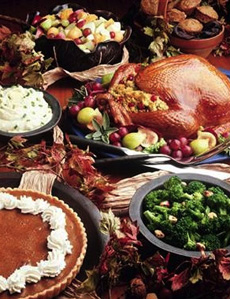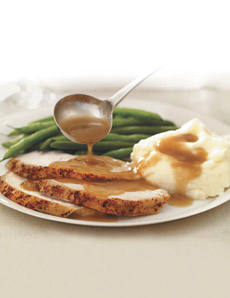|
Some people flip the bird mid-roast, so that the juices flow down into the breast, which is now on the bottom. With a large, hot bird, this can be tricky—if not outright dangerous.
So, roast the legs in a separate pan. This way, when the body of the turkey is finished cooking, you can remove it let the legs continue to cook while the body rests before carving.
Your turkey will cook faster, the breast will remain moist, and the legs will be tender. Roast on!
FOOD TRIVIA: WHERE DID THE TURKEY ORIGINATE?
The turkey is a native American, domesticated by ancient Mesoamericans from the wild turkeys of what is today Central Mexico. The meat and eggs were major sources of protein; the feathers were used for ornamentation.
The Spanish conquistadors brought turkeys to Spain around 1528. In a turn-about, England sent domestic turkeys back to the Americas—to the Jamestown Settlement in Virginia, in 1607. Here’s more on the history of the turkey.
|





